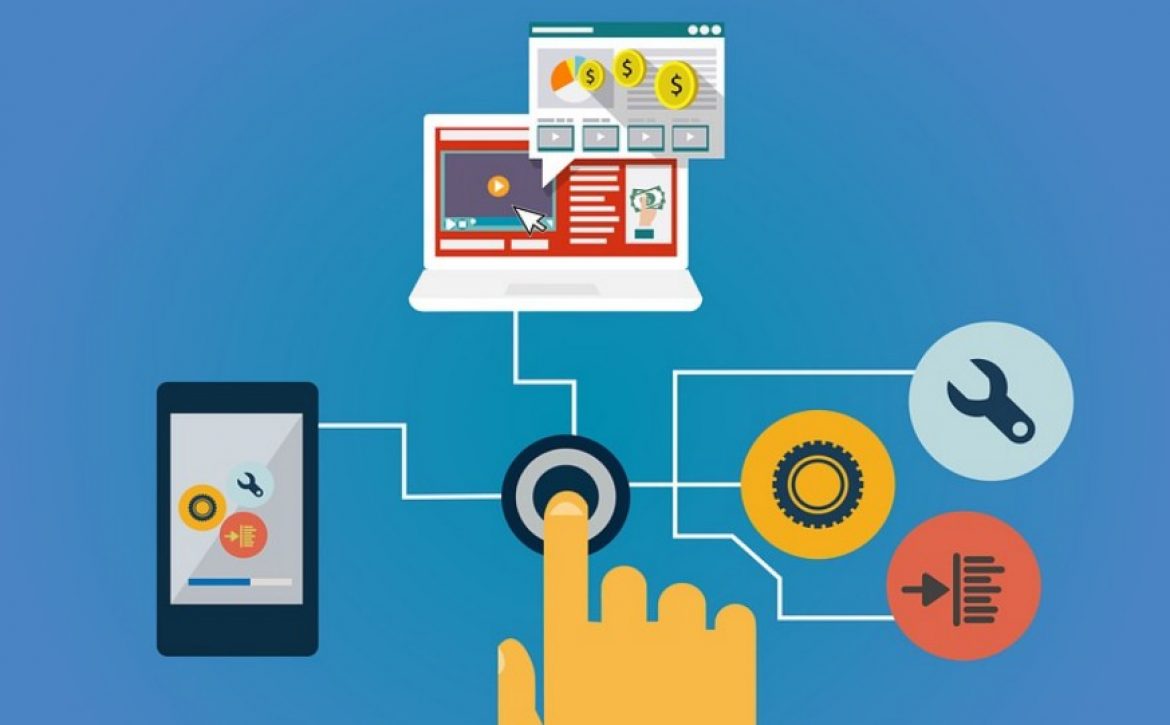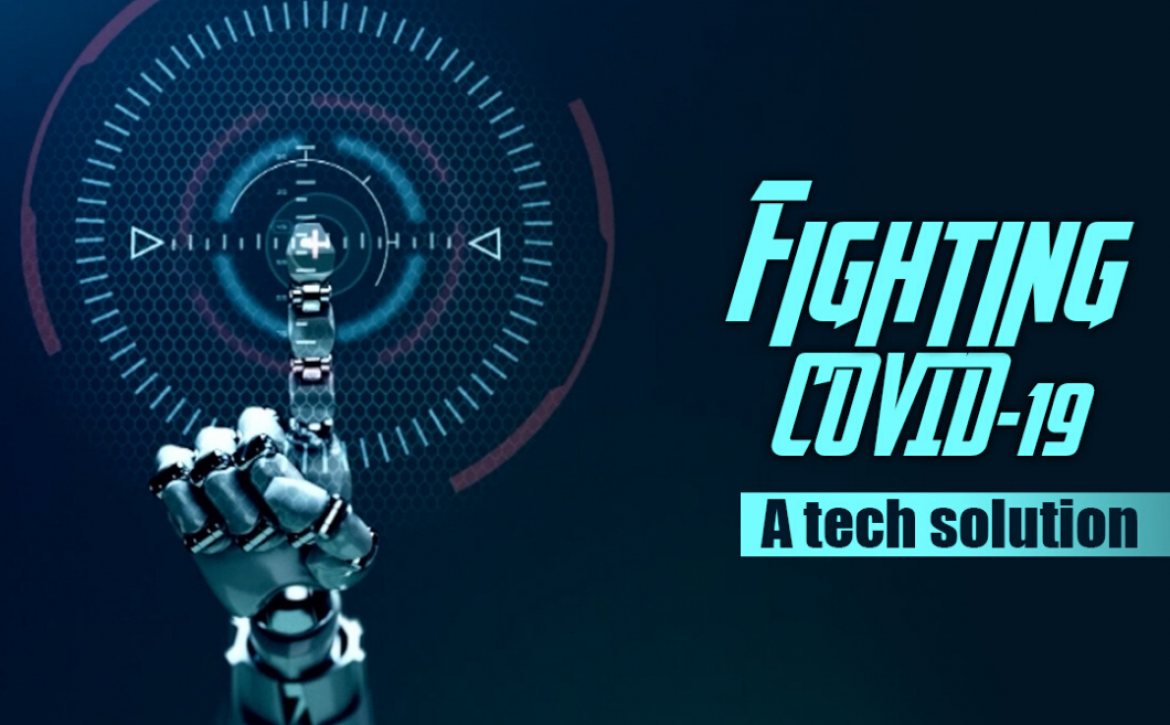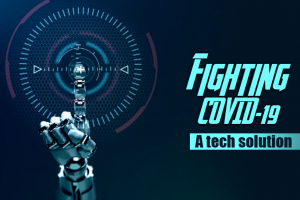The Future of Software Development: Emerging Technologies to Watch
Technological advancements are accelerating innovation in the realm of software development at a rate that is unparalleled. As the digital age advances, emerging technologies are changing how software is created, used and maintained . The key trends influencing the future of software development are examined in this blog, along with their effects on the industry and their potential to fundamentally alter how we produce software solutions.
1) Artificial Intelligence and Machine Learning
- Machine learning (ML) and artificial intelligence (AI) have moved beyond the category of trendy terms to play a crucial role in the development of software.
- Developers can automate monotonous operations, optimize code, and even foresee potential vulnerabilities with AI-powered algorithms.
- On the contrary, machine learning enables software to gain knowledge from data and develop over time, leading to applications that are smarter and more adaptable.
- This is particularly evident in fields like picture identification, natural language processing and predictive analytics, where AI and ML are helping software comprehend and communicate with users more effectively.
2) Low-code and No-code Development : Democratizing Software Development
- By democratizing the process, low-code and no-code platforms are changing software development.
- Regardless of technical skill, anybody can now develop applications without having to struggle with complex coding.
- This shift makes it possible for business stakeholders, designers, and subject matter experts to actively participate in the development of software, hastening the introduction of innovative solutions.
- These platforms gradually close the gap between tech-savvy and non-technical consumers as they develop.
- This synergy promotes efficiency and collaboration in software development, driving a change toward a more inclusive and streamlined methodology.
- The emergence of low-code and no-code platforms is ultimately changing software development paradigms and enabling a wider spectrum of skills to contribute to the digital landscape.
3) DevOps and Continuous Integration / continuous Deployment: Streamlining Development Cycles
- DevOps has become an important aspect of modern software development. DevOps fosters collaboration, speeds up delivery and improves software quality by tearing down boundaries between development and operations teams.
- Continuous Deployment (CD) and Continuous Integration (CI) are key components of DevOps, ensuring automatic testing of code modifications and smooth integration.
- This streamlined approach makes it easier to reduce errors and allows for agile iterations, which makes it possible to react quickly to user feedback and market dynamics.
- Software development no longer operates in traditional silos thanks to DevOps, which embraces a coordinated and effective strategy that not only increases productivity but also closely aligns products with customer demands and market trends in real time.
4) Blockchain: Reinventing Security and Transparency
- The basic properties of blockchain, traditionally associated with cryptocurrencies, such as security, transparency, and immutability, are now permeating software development.
- This technology has the potential to revolutionize commerce, authentication and data storage.
- Blockchain strengthens security in software development by providing an incorruptible ledger for audit trails, protecting sensitive user data and strengthening supply chain management.
- Blockchain technology has the ability to reinvent security and trust standards for software development as it develops.
- In addition to ensuring increased application security, its integration marks a paradigm shift in the way the sector protects data and builds trust, paving the way for a time when data integrity and accountability will be the two most important pillars of software development.

5) Serverless Computing: Efficient Resource Utilization
- The developer’s attention is shifted from infrastructure administration to code and deployment through serverless computing.
- With the use of this paradigm, developers can create and run apps without having to worry about setting up, scaling, or managing servers.
- By dynamically allocating resources in accordance with workload demands, it optimizes resource utilization beyond operational simplification.
- Serverless architectures make it possible to build scalable, event-triggered systems, increasing their agility and scalability while reducing the costs associated with maintaining traditional servers.
- By allowing developers to focus on innovation rather than infrastructure, this movement highlights a crucial shift in software development. It also increases the application deployment’s efficiency, responsiveness, and cost-effectiveness.
6) Edge Computing : Real-Time Latency and Reduced Latency
- Edge computing has emerged as an important software development paradigm with the explosion of Internet of Things (IoT) devices.
- This strategy involves processing data near its source in order to reduce latency and enable quick insights.
- Applications requiring quick responses, such as industrial automation, autonomous vehicles, and remote healthcare monitoring, are where its importance is most apparent.
- Developers create apps that are responsive and effective by decentralizing computational procedures to the edge of the network, resulting in a fluid user experience.
- The power of edge computing rests in its capacity to harness real-time processing, maximize the IoT ecosystem’s potential and redefine how software is created to meet the requirements of a rapidly changing digital landscape.
7) Quantum Computing: Solving Complex Problems
- Complex problems that elude conventional computers can be overcome through quantum computing.
- This technique gives hope for overcoming optimization challenges, cryptographic puzzles and complex simulations, despite its infancy.
- Quantum computing has the potential to open up opportunities in software development, accelerating progress in areas like molecular modeling, drug discovery and improved supply chain management.
- As quantum computing develops, programmers must delve into new paradigms to fully utilize it and solve previously intractable issues.
- With the help of this technology, complicated problems may now be unraveled and creative solutions that were formerly thought to be beyond the scope of conventional computing are now possible.
8) Extended Reality : Transforming User Experiences
- Extended Reality (XR) brings a paradigm shift in user-software interaction by combining virtual reality (VR), augmented reality (AR) and mixed reality (MR).
- By creating immersive experiences, software developers are altering sectors like gaming, entertainment, healthcare, and education.
- Developers use XR to create fully virtual worlds or to overlay digital data onto the actual world, enhancing training simulations, remote collaboration and user engagement.
- Users can cross borders between the physical and virtual worlds using XR, resulting in a richer, more participatory experience. This invention develops into a versatile tool that transforms the way software is designed and developed while opening up a wide range of opportunities for businesses throughout the spectrum of human activity.
A combination of technologies that improve automation, collaboration, security, and efficiency will shape software development in the future. The ways in which software is envisioned, developed, and delivered are changing as a result of advancements made in artificial intelligence, low-code platforms, DevOps, blockchain, serverless computing, and edge computing. Not only are the technical parts of software development changing as a result of these developing technologies, but also the culture and practices that support them. Developers and companies alike will be enabled to produce cutting-edge, user-centric solutions that advance development in a fast evolving digital ecosystem as the industry embraces these trends.
As a leading provider of custom software solutions, GoodWorkLabs is known throughout the world. We are a company with operations in the USA, Europe, and India that specializes in developing software products remotely. By providing outstanding applications, our expertise helps Fortune 500 companies and startups in their digital transformation. We offer cutting-edge solutions for DevOps, Java Microservices, PHP and other technologies. We develop scalable applications across OS, devices and platforms by using agile approaches. We improve user experiences by putting an emphasis on customized software and responsive websites and staying up to date with current trends. Our clients benefit from our expertise, making us a trusted name in the software development industry. For more information, visit our website.























